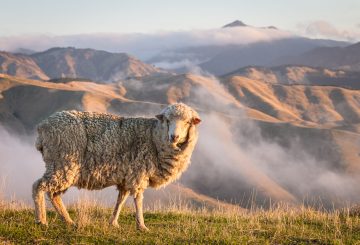유연한 근무 조건은 뉴질랜드 기술 회사들이 해외 대기업들에게 인력을 빼앗기는 것을 막기 위한 중요한 방편으로 여겨지고 있다.
크라이스트처치에 기반을 둔 Jade Software는 25명의 직원을 새로 구하고 있는데, 최근 호주로 사람들이 빠져나갔기 때문이다.
현재 고용시장이 어려운 상황이지만 신입사원을 채용하기를 계속 희망했다.
Jade는 10년 안에 3-8천만 달러로 매출을 늘릴 자신이 있었다.
Jade 최고 혁신 책임자 John Ascroft는 좋은 직장 문화는 일이 바빠질 수 있는 산업에서 중요하다고 말했다.
“경쟁력 있는 비용을 지불해야 한다. 그렇게 하지 않으면 사람들을 붙잡아 둘 수 없기 때문이다. 그러나 그 외에도, 매력적인 일과 삶의 균형, 즉 다양성과 유연한 노동을 장려하는 문화를 마련하려고 노력하고 있다”라고 Ascroft는 말했다.
“뉴질랜드가 꽤 독특한 기회를 가지고 있다고 생각한다. 예를 들어, 오전에 서핑하고 오후에 스키를 탈 수 있다는 사실에 대해 계속 떠들어대는 프랑스 직원이 있었다. 전통적으로 IT는 열심히 일해야 하는 직종이다. 열심히 전문적으로 일을 가지고 놀아야 한다. 사람들이 원한다면, 정말 일을 열심히 할 수 있고 모든 일을 잘 수행해날 수 있는 곳에서 일할 수 있는 재량을 제공해야 한다. 반대로 쉴 때도 마찬가지인데, 이게 바로 핵심이다.” 그는 또한 뉴질랜드의 기술 분야 훈련에 대해 낙관적이었다.
“과거에는 뉴질랜드의 고등교육기관이 업계의 요구를 충족시킬 만큼 충분한 인력을 양성하지 않았다고 보는 것이 타당하겠지만, 이제는 그렇지 않다. 국내 대학에서는 현재 해외 인력 채용에 어려움을 겪고 있는 엔지니어 대학원 과정을 잘 양성하고 있다. 현재 출입국 관리 업무가 중단되어 있기 때문에 경력자를 고용하는 것이 더 어렵다. 또 한편으로 뉴질랜드 기업들이 종종 직원을 고용하여 몇 년 동안 훈련시킨 후 해외 근무에 빼앗긴다는 점이지만 현재로서는 그런 문제가 되지 않는다. 그래서 우리는 균형점을 더 확보했는데, 그것이 유리하게 작용하기를 바란다.”
출처: RNZ 뉴스






























































